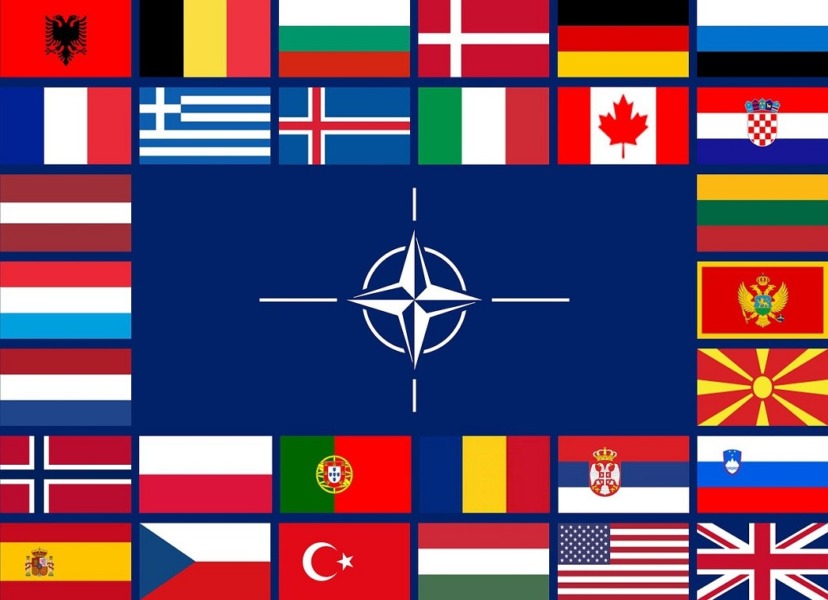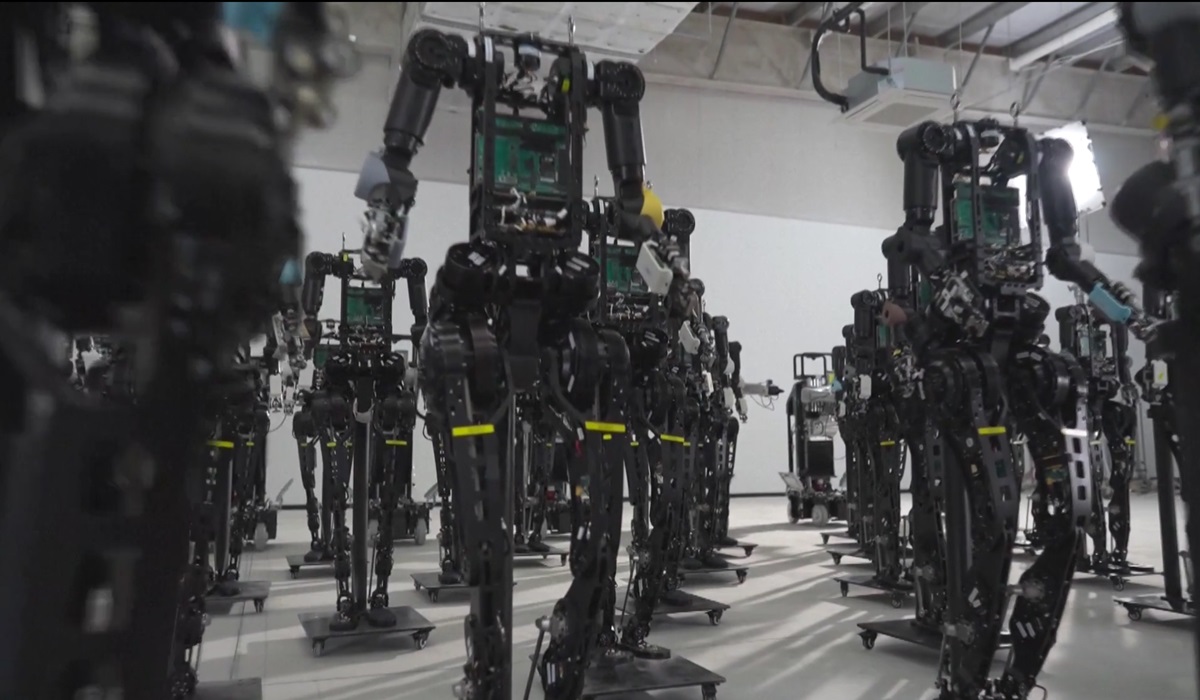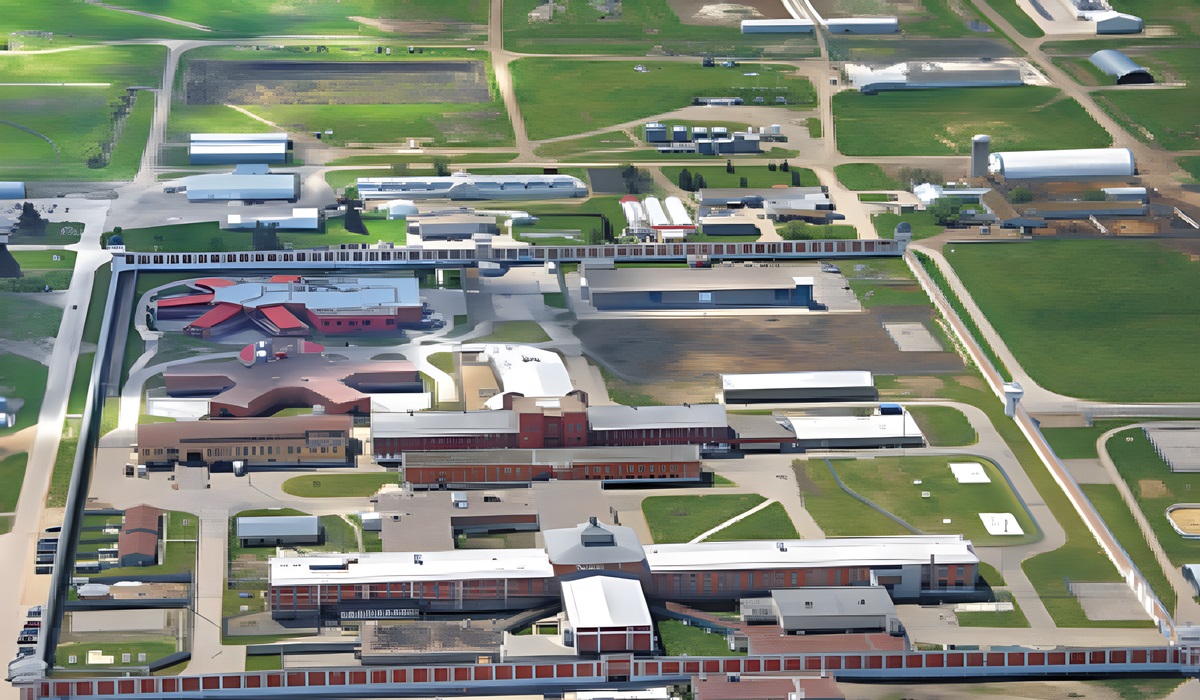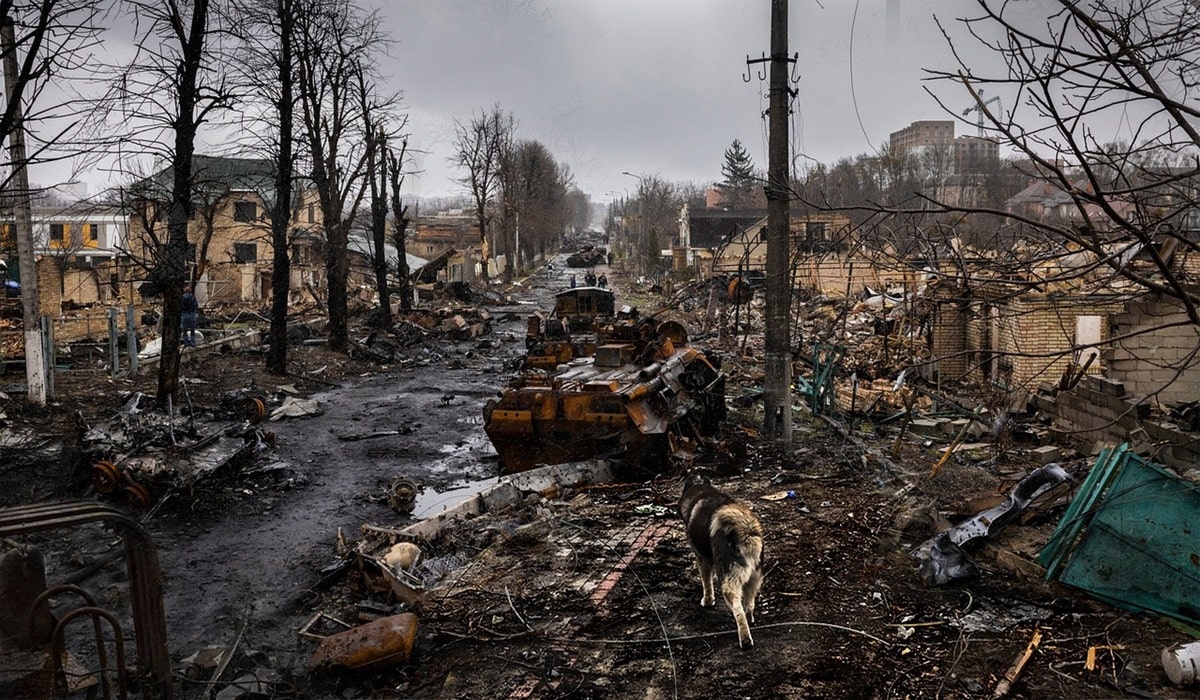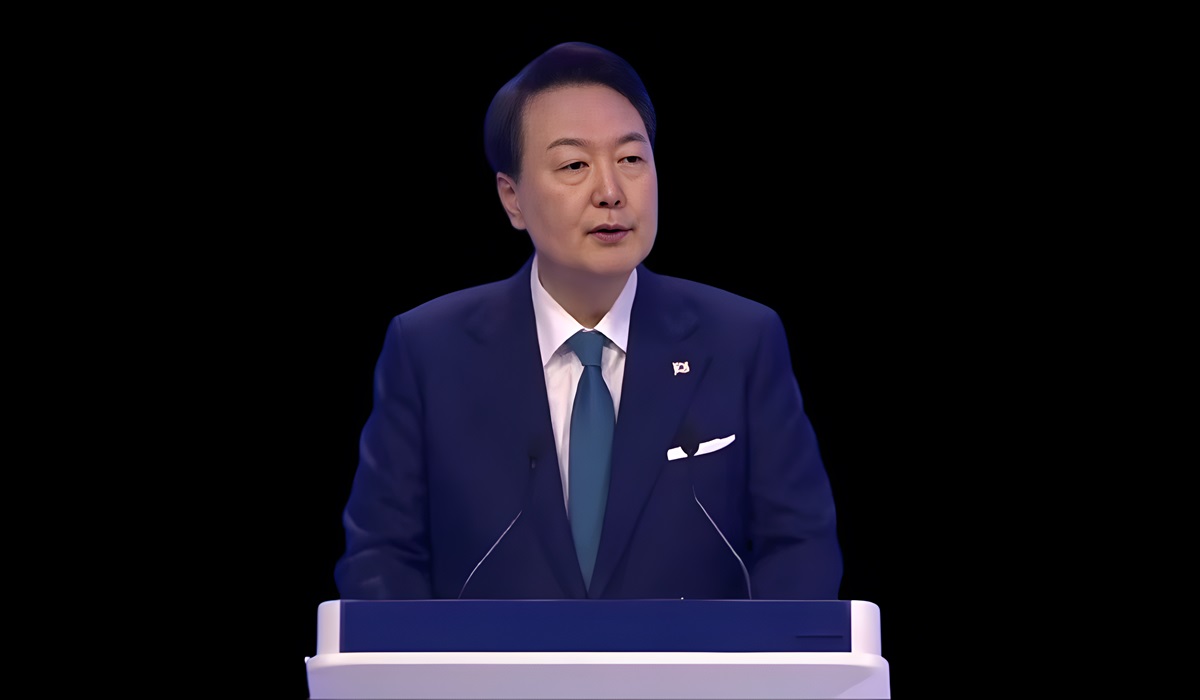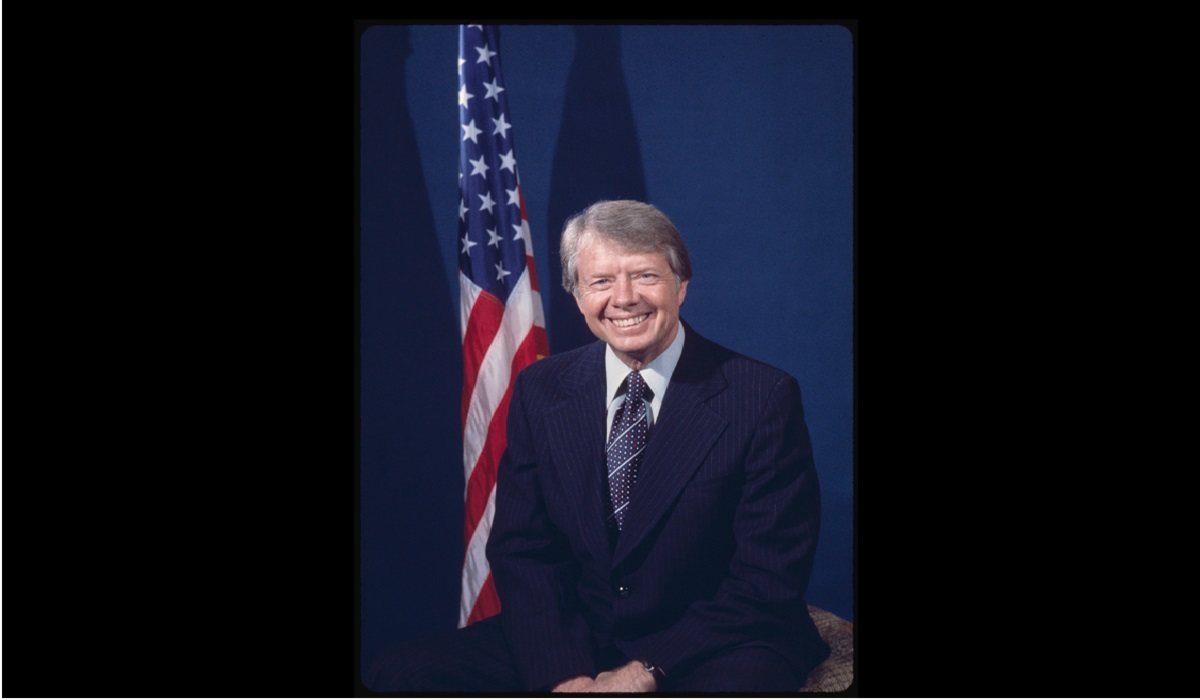The North Atlantic Treaty Organization (NATO) has long been debated, with varying perceptions of its role and impact on global affairs. Some view NATO as a liberator, a force fighting proxy wars on behalf of superpowers. Others consider it an outdated organization, questioning its relevance in the contemporary world. As we delve into the multifaceted aspects of NATO’s involvement, particularly in Libya and Syria, its influence on European dominance in Africa, and its role in the conflict between Russia and Ukraine.
Due to the destructive consequences, NATO’s involvement in countries like Libya and Syria has been subject to scrutiny. While some see NATO as a liberator, aiming to protect civilians and prevent potential massacres, the outcomes have often led to unintended chaos and instability. In the case of Libya, NATO’s intervention in the 2011 Civil War was intended to enforce a UN-sanctioned no-fly zone and safeguard civilians. However, the power vacuum left in the aftermath created ongoing instability, plunging Libya into turmoil. Similarly, in Syria, NATO member states’ divergent strategies in supporting rebel groups against the Assad regime have resulted in immense human suffering, displacement, and the rise of extremist factions. The complexity of these conflicts calls for a comprehensive approach that prioritizes long-term planning, international cooperation, and post-conflict reconstruction.
NATO’s actions have also had repercussions regarding European dominance in Africa. Some argue that NATO interventions in proxy wars have further entrenched the influence of economically powerful European nations in the region. The countries affected, particularly African and economically vulnerable European nations, have borne the brunt of these conflicts, experiencing instability, resource depletion, and prolonged socio-economic challenges. While some nations may perceive NATO as a great deterrent, others contend that the organization’s role is more detrimental, perpetuating an unequal power dynamic that hampers nations from development and self-determination.
The conflict between Russia and Ukraine has brought NATO’s role into sharp focus. The 2008 NATO Summit in Bucharest, where potential NATO membership for Ukraine was discussed, and seen as poking the bear, heightened Russia’s concerns and triggered a series of events leading to Crimea’s annexation in 2014. It does go without saying, Ukraine is a soverign nation, and has the political free will to seek ascension into NATO and make decisions it feels best benefit its people.
The 1997 NATO-Russia Founding Act (NRFA) set in place the framework of peace and an understanding that NATO would not permanently station substantial combat forces in Eastern Europe. However, some argue that the subsequent expansion of NATO into Eastern European countries, such as Poland and the Baltic states, strained relations with Russia and contributed to a sense of encirclement. These acts were a precursor to Russia’s war in Ukraine in 2022, with no clear result but death and destruction.
Many scholars for years have predicted this with NATO’s expansion throughout Europe. They pointed to the clear facts that Putin has always seen Ukraine as a major part of Russia that will be reunited by diplomacy or force. They predicted the unsurmountable deaths and destruction of Ukrainian soldiers, civilians and infrastructure, which have all played out accurately. Russia, just as every other country with nuclear weapons capability, can invade any non super power with impunity as there is precedent be played out daily.
Furthermore, the prediction of NATO countries arming Ukraine was also foreseen with the atempt to weaken the Russian army. US Senator Lindsey Graham said ‘the Russians are dying’ and ‘it’s the best money we’ve ever spent’ during a meeting with Ukrainian President Volodymyr Zelensky in Kyiv back in May of 2023.
Also within that month, the International Criminal Court (ICC) issued a warrant for Putin, accusing him of war crimes and genocide—a claim he denies. It sets up a showdown for any of the 123 countries that are Parties to the Rome Statute of the International Criminal Court to arrest him should he appear within their country’s borders.
In August, Putin will visit South Africa for a summit of the emerging economies BRICS, which includes Brazil, Russia, India, China, and South Africa. His detention would be required as a member of the ICC.
However, South African President Cyril Ramaphosa has informed the ICC that his country will rescind its membership before the arrival of Putin rather the miss hosting the summit. This decision by Ramaphosa has angered many NATO allies, such as the United States. Currently, the U.S does not recognize the jurisdiction of the ICC. In other words, it would be unconstitutional to try US citizens for crimes committed on US soil, which otherwise falls under the jurisdiction of the US judiciary.
Russia saw NATO’s expansion as a direct threat to its regional influence, escalating tensions and igniting the ongoing war in Ukraine. The complexities surrounding this conflict encompass historical, geopolitical, and security considerations, making it essential to approach the situation with a nuanced understanding of the multifaceted factors at play.
Determining the beneficiaries of NATO conflicts is a complex endeavour. While larger contributing countries tend to have more influence and gain greater benefits from the outcomes, the winners of these conflicts are determined by a combination of military might, political alliances, and economic interests, rather than NATO as an organization itself. Rebuilding nations affected by NATO interventions presents its own set of challenges. While there may be efforts to assist in reconstruction, the process is often complicated, and the outcomes may fall short of expectations. The question arises: Are countries ever truly rebuilt, or are they left grappling with long-term consequences and instability in the aftermath of NATO interventions?
NATO’s funding dynamics play a crucial role in its operations. Member countries are expected to contribute a percentage of their GDP towards financing the organization, ensuring collective defence and security. However, the benefits derived from NATO involvement extend beyond financial obligations. These dynamics and regional instability caused by NATO interventions raise questions about the organization’s impact on global security and stability.
The Needle, as NATO is often referred to, evokes diverse perspectives and judgments. Evaluating its role in proxy wars, country destruction, and regional instability requires a comprehensive understanding of the multifaceted factors at play. While NATO interventions aim to prevent humanitarian disasters, the long-term stability and unintended outcomes must be carefully considered. As the world evolves, critical assessment and adaptation are necessary to ensure NATO’s actions align with its core principles of defence, security, and collective engagement.

